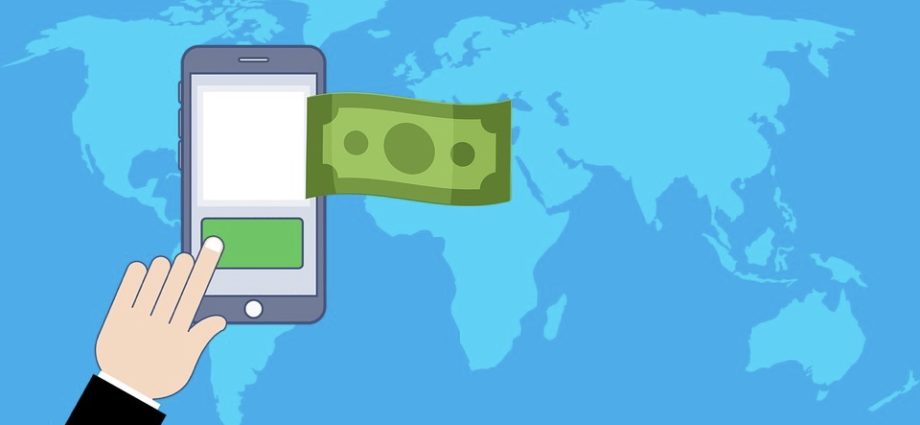Sending money abroad has been expensive and challenging for a long time, with chains of middlemen, hidden charges, and lots of paperwork making the process even more complicated. However, things have been changing in recent years, with businesses of all sizes and individuals able to send money across borders easily, faster, and more affordably. Perhaps this has to do with a global workforce that is becoming mobile, competition within the industry, or the maturation of the technologies and services required for such transactions.
Remittance Fees are Becoming More Affordable
One of the biggest shifts we have seen in recent years is a decrease in the fees charged by mobile transfer operators. Costs have been falling mainly due to competition within the industry as well as pressure from the UN and G20. Both organizations say that they want remittance fees to stay as low as possible because of how important they are to low-wage workers. Another reason they give is the critical role remittances play in the economic development of emerging markets.
Changing Corridors of Remittance
Corridors of remittance are the paths money takes from senders to recipients. A sizable chunk of remittances is flowing from developed countries to emerging markets, with wages and help from family members being the biggest reasons for such movement. For example, numerous remittances are emerging from markets such as the U.S.A. and U.K. and flowing into India, Asian countries, and Africa.
An interesting fact to note here is that all countries within these corridors are yet to mature. This means there is a long way to go before the market plateaus, leaving just enough space for new businesses to enter the international money transfer market.
Technology Maturation
Advancements in the technologies used to send and receive money are another area of evolution in this market. These advancements are enabling businesses to build pure digital platforms that make their services available to many more people.
The culmination of this is the development of mobile money apps that make it easier to send and receive money in supported countries, of which almost all countries in the world are a part. These advancements are also making transfers and remittances on an international money transfer app much faster and cheaper for the average sender and recipient.
This is a particularly important point because the destination of these funds is typically less developed and emerging markets and economies.
Differentiation is Becoming Key
Because this is a healthy market, there is a lot of stiff competition between money transfer businesses, whether they’re traditional, like banks and Western Union, or new ones like Ria. While price is a great one, businesses have to find other ways to differentiate themselves to keep the market share they already have or grow it. Providing additional things like payroll services, debit cards, and other services that give customers more utility and choices are all great places to start.
The international money market has evolved in recent years, with the number of remittances and businesses providing the services increasing.
Customers are the winners here due to lower fees and increasing options for sending and receiving money. The market will continue to evolve because, even though it may not seem like this, this market is a long way from plateauing.



